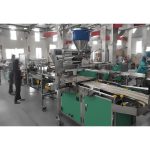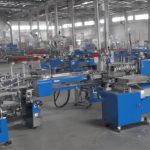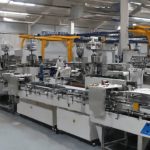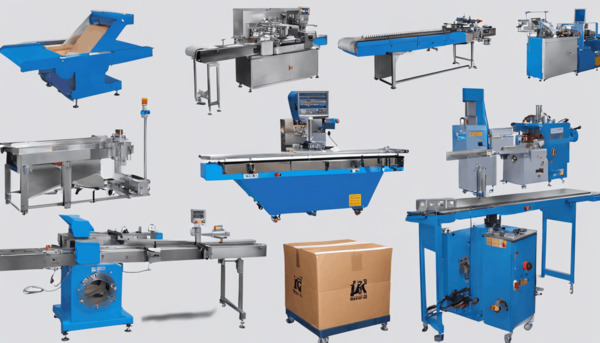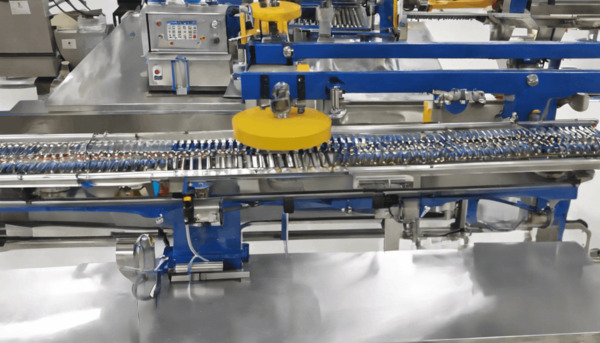
Understanding Flow Pack Packaging
Flow pack packaging, also known as horizontal form-fill-seal (HFFS) packaging, is a widely used method in the packaging industry. It involves creating a package from a flat roll of film, forming it into a tube, and then sealing it around the product. This type of packaging is prevalent in various industries, including food, pharmaceuticals, and consumer goods, due to its efficiency and versatility.
How Flow Pack Packaging Works
The flow pack process begins with a roll of film that is unwound and formed into a tube. The product is then inserted into this tube, and the film is sealed along the edges and cut to create individual packages. The sealing process typically involves heat sealing, where the film is heated to a specific temperature to melt and bond the layers together, ensuring a secure and airtight package.
Flow pack machines are designed to handle a variety of films, including polyethylene, polypropylene, and laminates, which can be printed with branding and product information. These machines can operate at high speeds, making them suitable for mass production. Additionally, they can be equipped with various features such as gas flushing, which extends the shelf life of perishable goods by replacing oxygen with inert gases like nitrogen.
Applications of Flow Pack Packaging
Flow pack packaging is used across numerous sectors due to its adaptability and efficiency. In the food industry, it is commonly used for packaging items like biscuits, chocolate bars, fresh produce, and baked goods. The airtight seal helps maintain freshness and extends shelf life, which is crucial for food products.
In the pharmaceutical industry, flow pack packaging is employed for individual doses of medications, ensuring they remain uncontaminated and protected from environmental factors. This type of packaging is also popular for consumer goods such as wet wipes, tissues, and personal care products, where maintaining hygiene and product integrity is essential.
Advantages of Flow Pack Packaging
One of the primary advantages of flow pack packaging is its cost-effectiveness. The use of a continuous roll of film reduces material waste, and the high-speed operation of flow pack machines increases production efficiency. This makes it an economically viable option for companies looking to package large volumes of products.
Flow pack packaging also offers excellent product protection. The sealed environment prevents contamination and protects against moisture, dust, and other external factors. This is particularly important for food and pharmaceutical products, where maintaining product integrity is critical.
Furthermore, flow pack packaging provides flexibility in terms of design and branding. The film can be printed with high-quality graphics, allowing companies to create visually appealing packages that attract consumers. This is a significant advantage in competitive markets where packaging plays a crucial role in product differentiation.
Challenges and Considerations
Despite its many advantages, flow pack packaging does present some challenges. The initial investment in flow pack machinery can be substantial, and companies need to ensure they have the necessary expertise to operate and maintain these machines effectively.
Another consideration is the environmental impact of plastic films used in flow pack packaging. As sustainability becomes a more pressing concern, companies are exploring alternative materials and recycling options to reduce their environmental footprint. Biodegradable films and recyclable materials are being developed to address these concerns, although they may come at a higher cost.
Future Trends in Flow Pack Packaging
The future of flow pack packaging is likely to be shaped by technological advancements and sustainability initiatives. Innovations in machinery are expected to enhance efficiency and flexibility, allowing for more complex packaging designs and faster production speeds.
Sustainability will continue to be a driving force, with companies seeking to minimize their environmental impact. This may involve the development of new materials, such as biodegradable films and recyclable laminates, as well as improvements in recycling processes.
Overall, flow pack packaging remains a vital component of the packaging industry, offering a balance of efficiency, protection, and versatility. As the industry evolves, it will be essential for companies to adapt to new technologies and consumer demands to remain competitive.
